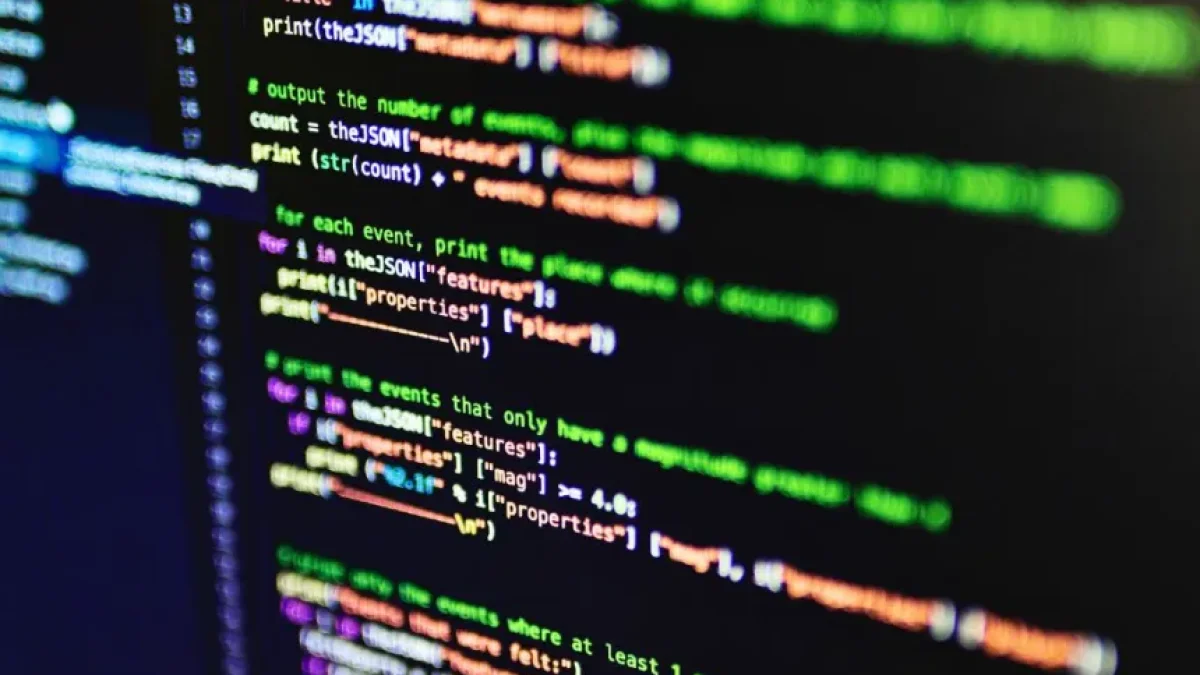Practical guide for updating values in programming.


Programming is a powerful and versatile tool that allows developers to create applications and solve complex problems. One of the most common actions in programming is updating values, whether to increase or decrease data. In this article, we offer a practical guide to understanding how to carry out these updates efficiently.
What are value updates?
When we talk about value updates in programming, we refer to the process of modifying the state of a variable with a new value. This can involve both incrementing a number or decreasing it, depending on the logic that one wishes to implement in the program.
Types of updates
There are two main types of updates that developers typically use:
Incrementing values
Incrementing refers to increasing the value of a variable by a specific amount. For example, in a scoring system, if a player manages to score points, their score value will increase. In most programming languages, there are specific operators to carry out this action easily. For example:
Read also
score = 10 score += 5 # Increases the score by 5
In this case, the value of score will change from 10 to 15.
Decreasing values
On the other hand, decreasing values involves subtracting an amount from a variable. This can be useful in situations where, for example, points or resources need to be deducted. In programming, the syntax is equally simple:
health = 100 health -= 20 # Decreases health by 20
At the end of this operation, health is reduced from 100 to 80.
How to perform updates in loops
Loops are fundamental structures in programming that allow for executing a block of code multiple times. Using loops is especially useful for updating variables based on specific conditions. For instance, if you want to increment a counter until it reaches a certain number, you could use a for loop in Python like this:
counter = 0
for i in range(10):
counter += 1 # Increments counter by 1 on each iterationAt the end of the loop, the counter will have a value of 10.
Checking conditions
Value updates often need to be accompanied by conditions that validate when they should occur. This can be achieved through control structures like conditional if statements. For example, suppose you only want to increment the score if the player has won:
if has_won:
score += 5In this case, the score will only increase if the condition of having won is true.
Conclusion
Updating values is an essential concept in programming that allows you to maintain control and dynamics of variables throughout the process. Through increments and decrements, along with using loops and conditions, you can optimize the flow of your code. I hope this practical guide helps you better understand this fundamental aspect of programming.
For more informative and practical articles on programming and technology, I invite you to keep exploring my blog. Until next time!



















